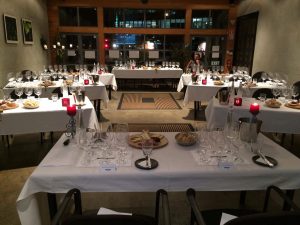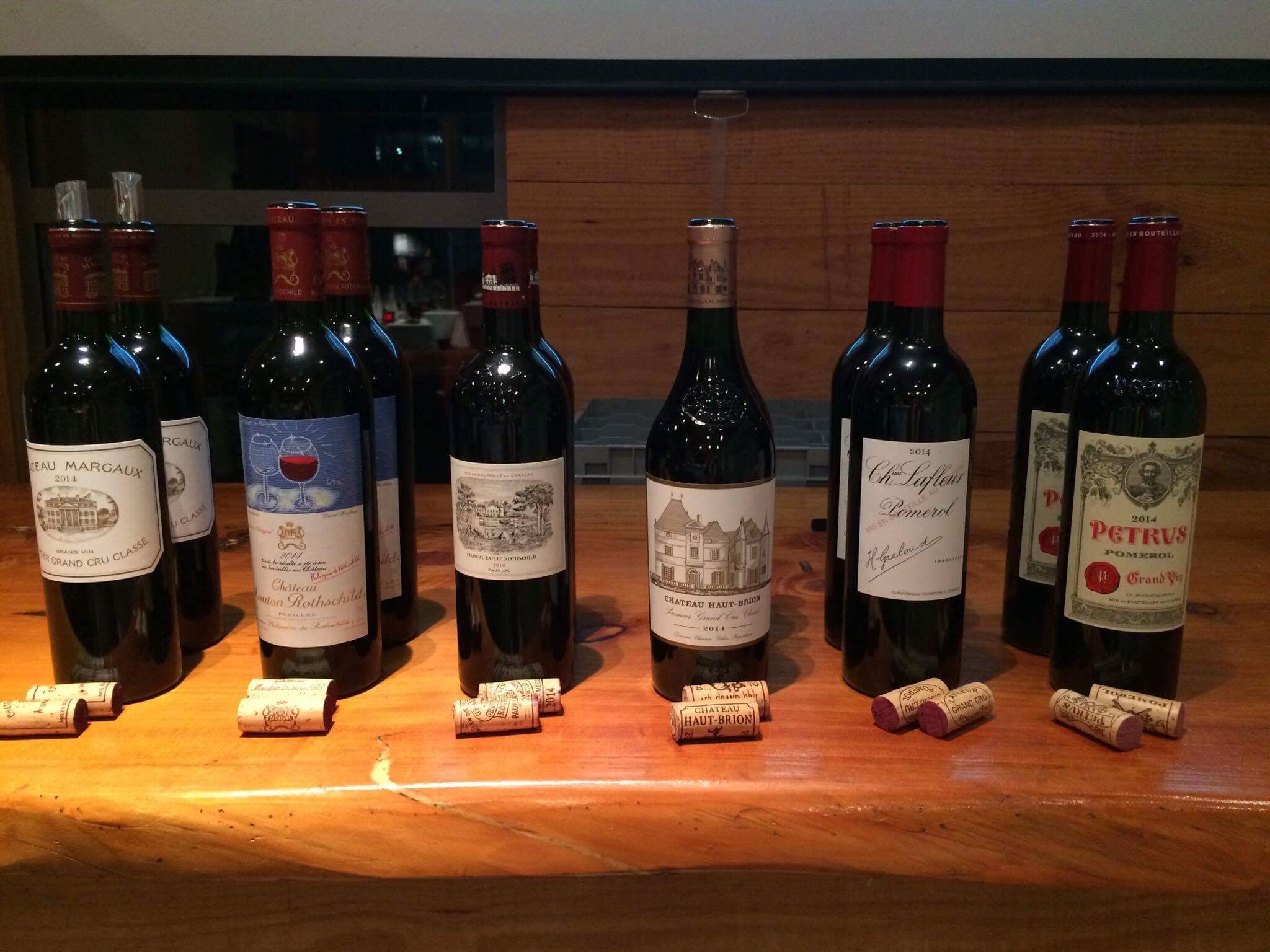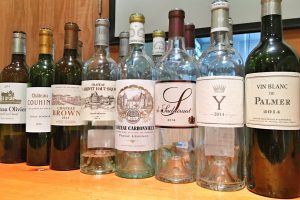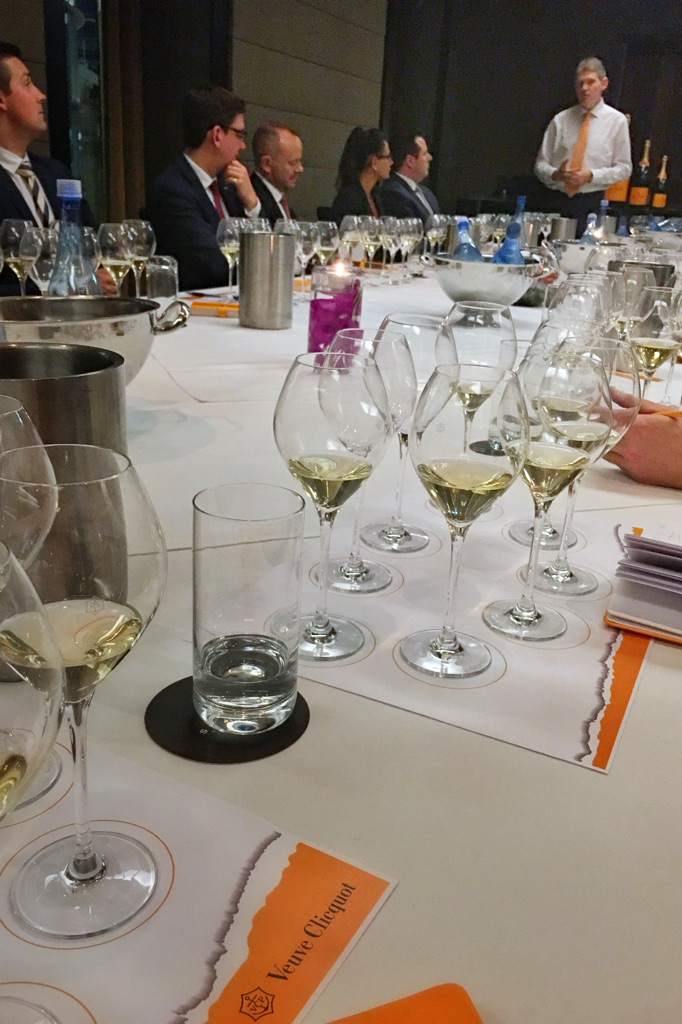We are so well conditioned to seek out the best vintages, the super stars, those that the media rave about and generally that’s not a bad thing. When it comes to buying Bordeaux though, the ‘rule’ book needs rewriting as buying only the best vintages may just leave you dry between great bottles.
There’s much to consider. Firstly, wines from the great vintages of Bordeaux are meant to be aged, this is a region that can (and does) produce some of the most long lived fine wines in the world. Wines that have an abundance of tannins, brilliant bright acidity and a superb concentration of fruit. All things that are essential for long term ageing. When we talk long term ageing for Bordeaux, think 40 – 50 years or so. Now, depending on your current age (no disrespect meant), this may prove a challenge, unless of course you are purchasing to build a cellar to hand down the generations. Wines from lesser vintages do mature earlier, though keeping in the context of Bordeaux require 10 – 15 years to develop gorgeous aged characters.
The next relevant point to note is the expertise of this region and the selection that goes into the Grand Vins. The quantity made of these top wines is not what it used to be, there’s significantly less, all with the aim of ensuring that the top wines are of the very best quality. So, in years where the media does not go mad about the vintage and write such bold statements as ‘the greatest ever’, ‘the best in the decade’, the top châteaux are still going to produce excellent wines, there’s just likely to be less of them.
Last week, we hosted a tasting of First Growths from the 2014 vintage, tasting four of the classified first growths from the left bank: Mouton Rothschild, Lafite Rothschild, Margaux and Haut-Brion, together with the right bank pair, Pétrus and Lafleur. A very well attended tasting that we were very much looking forward to hosting. At the beginning of the night there was much discussion around the room about the 2014 vintage, many comments that it would be interesting, though not as great as 2009 or 2010. This is of course true, the 2014 vintage is not as good as either of these and, in fact, I’d rate it slightly behind the 2016 vintage that we’ve recently been selling En Primeur.

2014 was a relatively small vintage with inconsistent flowering. It was then extremely wet through July and August. Heading off on holiday at the end of August, many châteaux were nervous. September and October were then warm and dry. This provided a long ripening period which Cabernet loves. 2014 is a year best summed up as classic; generally, the wines are lower in alcohol, most around 12.5% and they are balanced, with beautiful freshness.
The wines looked brilliant and showed very distinctive appellation and châteaux personalities. It’s one of the things I really like about the 2014 vintage (2015 has it too), you can taste the character of the area and châteaux, more than the vintage.
The wines were in fact so good that by the next morning we had sold out of every last bottle of Mouton Rothschild, Lafite Rothschild, Margaux, Haut-Brion, Pétrus and Lafleur we had from the 2014 vintage. The stock we had should have easily seen us through to next year.




